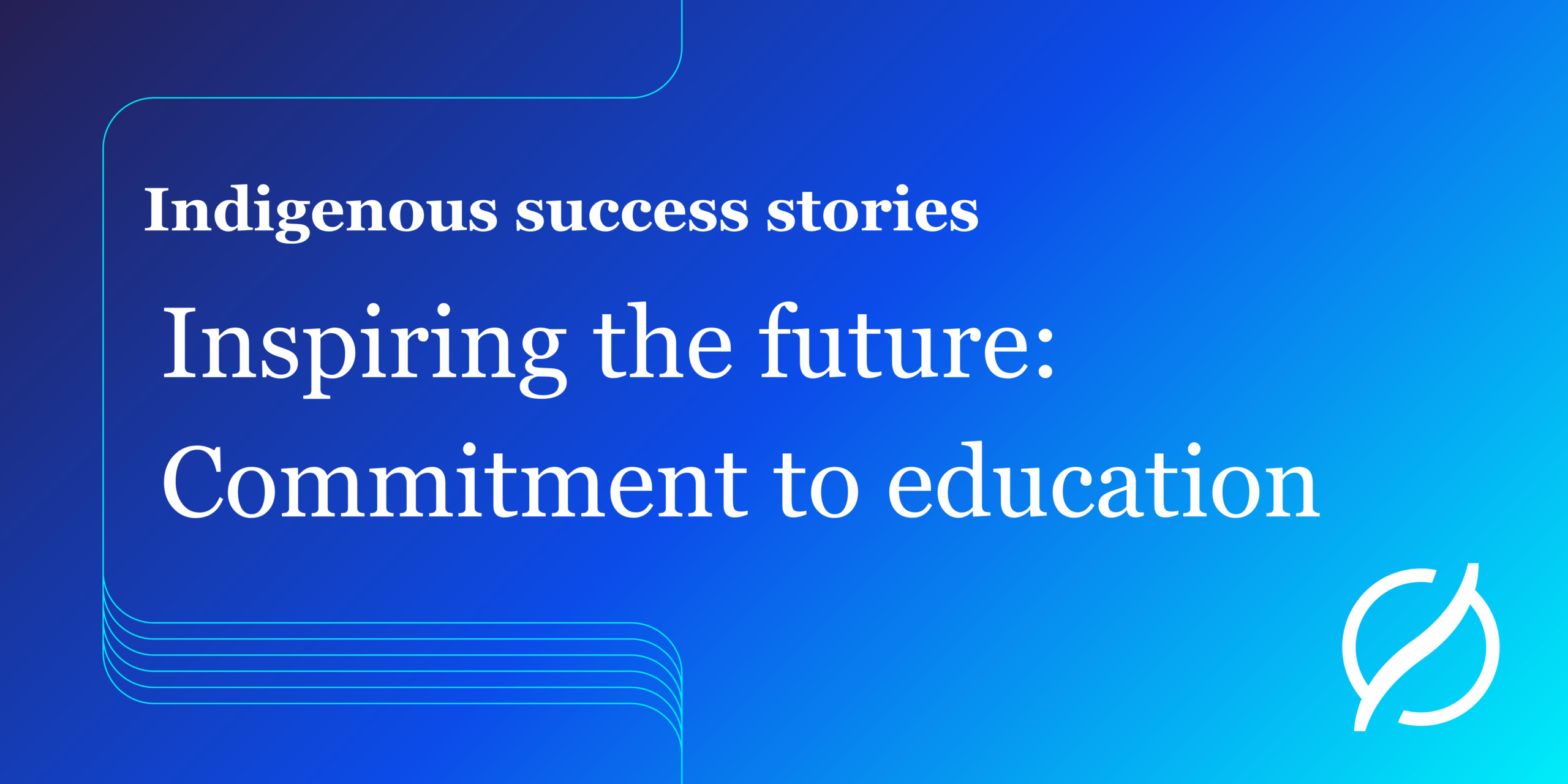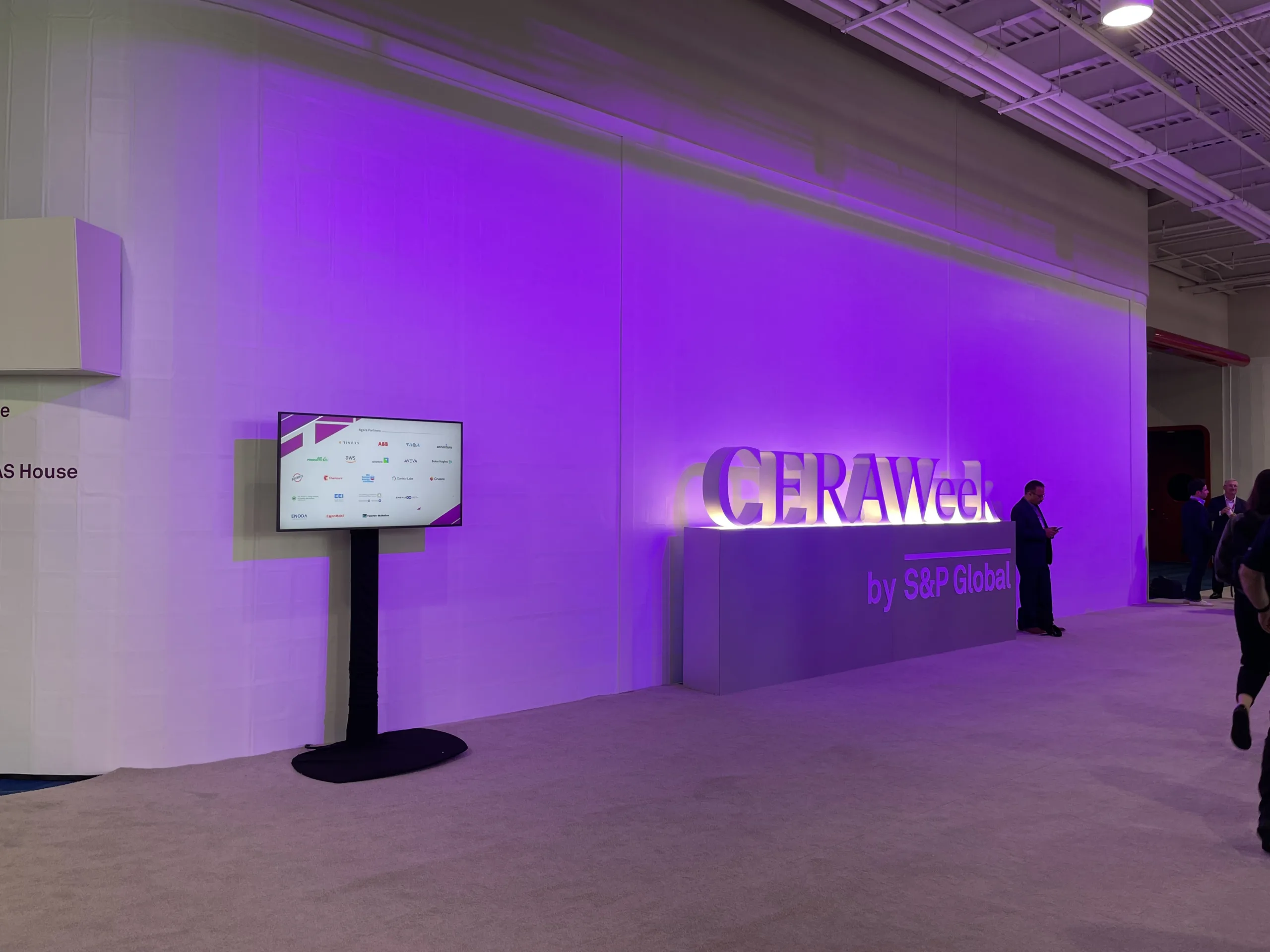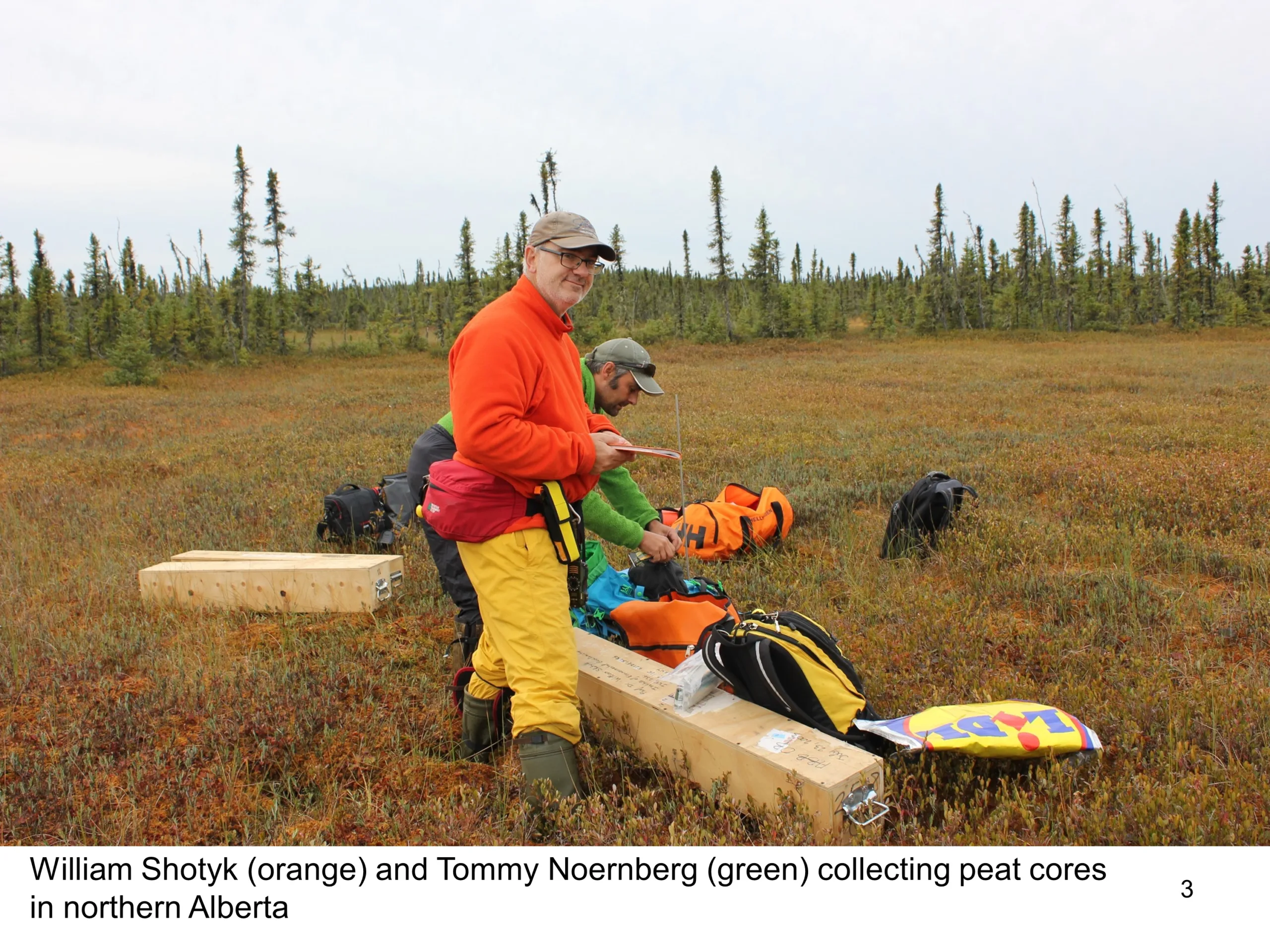Emerging Technologies: Cutting edge water treatment technologies

team assisted gravity drainage (SAGD) facilities in the oil sands are filled with a maze-like networks of pumps, pipes, and storage tanks. At the heart of these operations is water, specifically steam, which is used to extract bitumen from the underground reservoirs.
For more than a decade, Mohtada Sadrzadeh, Associate Professor of Mechanical Engineering at the University of Alberta, and a team of researchers at the University of Alberta’s Advanced Water Research Lab have dedicated their time to finding ways to make the watery heart of these facilities more efficient. They are focused on increasing water recycling rates while decreasing freshwater use and greenhouse gas (GHG) emissions, potentially by five to 15 per cent.
Their research focuses on a novel design for membrane materials and the associated filtration processes. A membrane is a selective barrier that allows water to travel through while forcing unwanted compounds like salts to stay behind. Small changes to the membranes can lead to big results.
Increasing efficiency
The Pathways Alliance, representing Canada’s largest oil sands producers, is progressing innovative technologies such as these to reduce emissions, as part of its multi-phased plan to achieve the goal of net zero from its operations by 2050. It is working with a range of leading national and international research and development organizations to unlock new approaches with the goal of decarbonizing Canadian oil.
SAGD facilities already recycle more than 90 percent of their water. Sadrzadeh’s enhanced membrane filtration technology could increase that recycling rate to 99 percent. This would not only reduce the need for new water but would also increase the energy efficiency of the industrial processes leading to fewer emissions.
“Everything that has happened so far is because of industry’s belief in this technology,” Sadrzadeh says. “It all started because the oil sands industry wanted a positive change in the efficiency of resource extraction and emission reduction. They invested in it, and now they are getting the results.”
Years of development and testing
The innovative membranes are in various stages of development and testing. The membrane process itself isn’t new. It is widely used in industrial wastewater treatment facilities; in food and beverage industries; for seawater desalination; and even in in-home water filtration systems to remove excess minerals from drinking water.
Reverse osmosis membranes are used to remove salt and other small ions while nanofiltration focuses on water softening, which removes larger molecules like calcium and magnesium. Ultrafiltration separates proteins and viruses, and microfiltration is used to remove oil and bacteria.
The challenge with the oil sands is that the bitumen is too thick to flow through pipelines, so high-temperature steam is sent underground to reduce the oil viscosity. The oil and steam mixture is piped back to the SAGD facility where the oil and water are separated. The water then travels to an on-site water treatment facility where it is filtered and recycled back into the system to create new steam.
Sadrzadeh’s process is unique because it rebuilds existing membrane technology to work within these high temperatures where the water needing treatment is warmer than 90°C.
Unique emerging technology
“There is no commercial membrane in the market that can currently stand up to the temperature of SAGD produced water,” Sadrzadeh explains. After studying the effects of existing commercial membranes in the temperatures of a SAGD facility, he started altering the materials and testing various combinations at a small scale. He also added nanomaterials, such as nanodiamonds, to make them more functional.
“We are making nano-enabled membranes which have a new chemistry and a new composition that allows them to be more thermally stable,” he explains. When incorporated into existing oil sands facilities, his work will help move the needle on emissions reduction and help industry achieve its goal of sustainable development of Canada’s oil sands.
Canadians can learn more about Pathways Alliance’s plan and its unprecedented level of collaboration to develop and deploy technologies to reduce emissions by visiting https://pathwaysalliance.ca.


